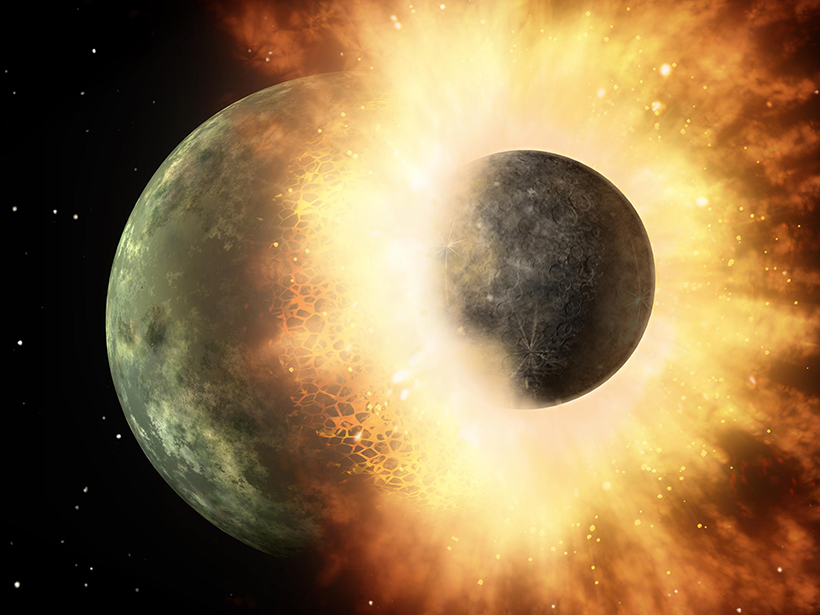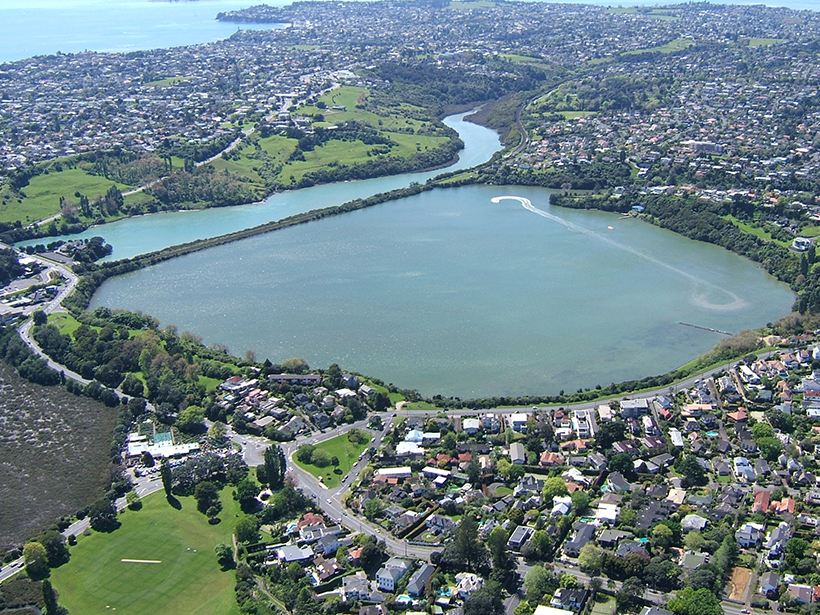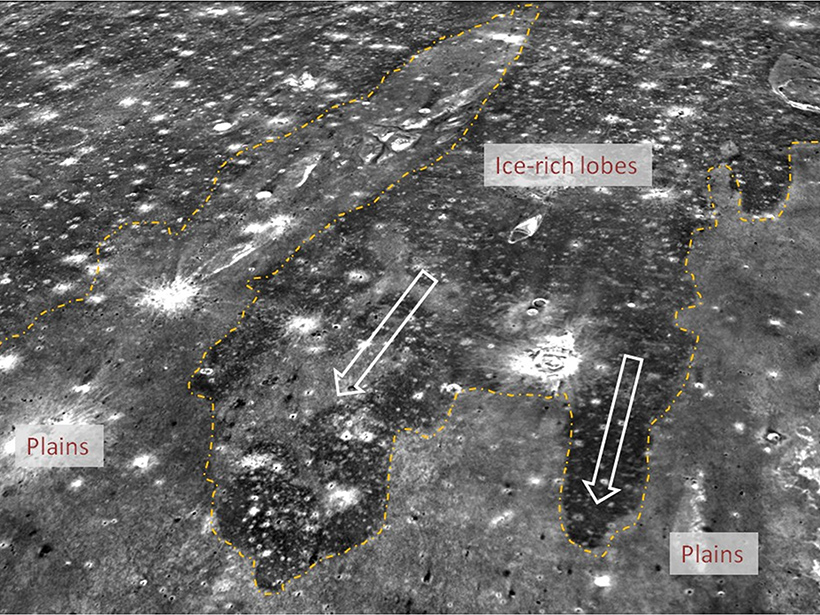Drilling into the famous, deeply buried Chicxulub crater off Mexico, researchers found deformed and porous granite that opens new avenues of research.
craters
New Insight into Silica Explains Planetary Smashup
A better equation of state for silica will help planetary scientists accurately constrain the giant impacts that have shaped our solar system.
Probing the History of New Zealand's Orakei Maar
A team of scientists drilled into the bed within a northern New Zealand explosion crater lake to gain insights into volcanic hazards and past climates.
Tsunamis Splashed Ancient Mars
Massive meteorites likely slammed into a Martian ocean billions of years ago, unleashing tsunami waves up to 120 meters tall, a close study of a region of the Red Planet's terrain has found.
Impacts Might Have Made Ancient Mars Briefly Hospitable to Life
A bombardment of the Red Planet 4 billion years ago could have created hot springs that allowed life to flourish.
Objects That Slam into Ceres Remain on Its Surface
Hypervelocity impact experiments shed new light on the composition and evolution of the largest dwarf planet's little-known surface.
Can Meteorite Impacts Disturb a Planet's Magnetic Field?
Such disturbances probably do not occur on our own planet, but evidence for them might still exist elsewhere in the solar system.
Subsurface Craters Expose the Moon's Dramatic Past
Scientists use the gravity signature of the lunar surface to trace the history of impact cratering and its role in the Moon's evolution.
Craters Could Make Great Impacts on Mars Exploration
Future robotic missions to Mars hoping to peer beneath its surface in search of signs of life should target recent impact craters, where falling meteorites have done the drilling for them.









